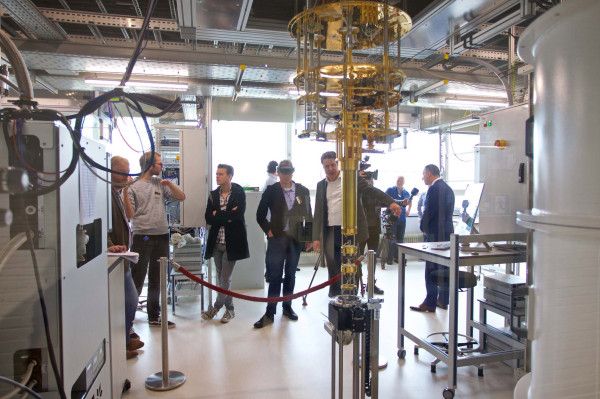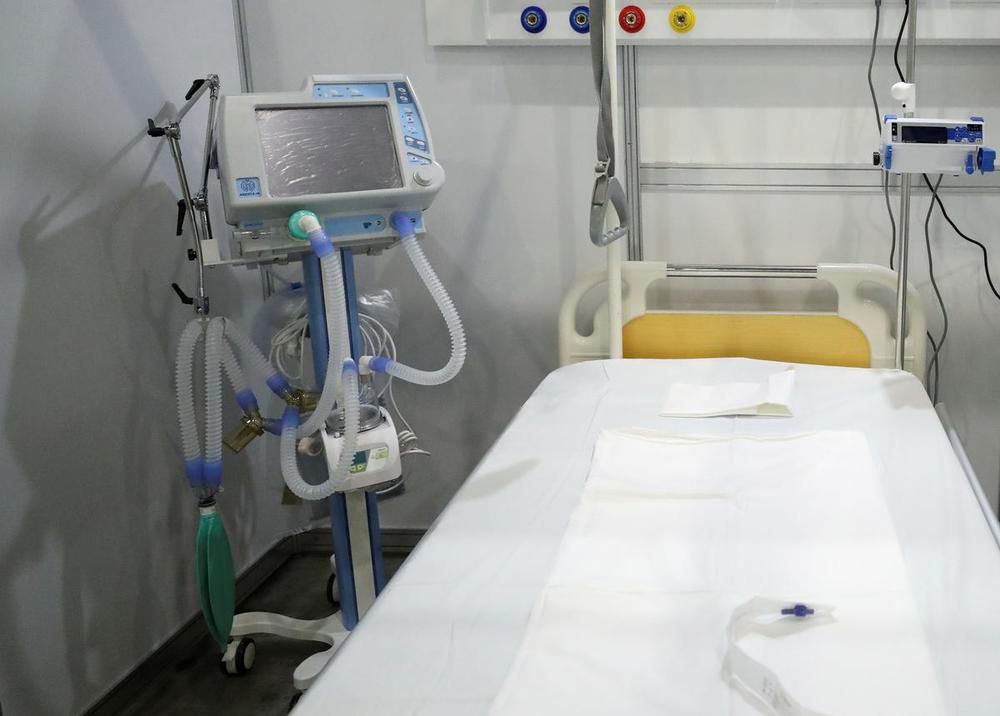The Marine Corps has officially begun procurement of the Army’s Modular Handgun System to replace its existing pistol arsenal, the service announced on Tuesday.


The Marine Corps has officially begun procurement of the Army’s Modular Handgun System to replace its existing pistol arsenal, the service announced on Tuesday.

Microsoft today announced that Azure Quantum, its partner-centric quantum computing platform for developers who want to get started with quantum computing, is now in limited preview. First announced at Microsoft Ignite 2019, Azure Quantum brings together the hardware from IonQ, Honeywell, QCI and Microsoft, services from the likes of 1QBit, and the classical computing capabilities of the Azure cloud. With this move to being in limited preview, Microsoft is now opening the service up to a small number of select partners and customers.
At its current stage, quantum computing isn’t exactly a mission-critical capability for any business, but given how fast things are moving and how powerful the technology will be once it’s matured a bit over the next few years, many experts argue that now is the time to get started — especially because of how different quantum computing is from classical computing and how it will take developers a while to develop.
If you’re interested in superlongevity and cognitive enhancement, I have a YouTube video to recommend. Our good friend, Ira Pastor, on his excellent podcast ideaXme, discusses with Dr. Rudolph Tanzi the topic of inflammaging, specifically brain inflammation, plaque, tau tangles, brain health, and Alzheimer’s disease. Then they discuss some emergent therapies to prevent Alzheimer’s by protecting the neurons.
The discussion is concise and complete, but also very easy to follow.
Ira Pastor, ideaXme life sciences ambassador, interviews Dr. Rudolph Tanzi, Joseph P. and Rose F. Kennedy Professor of Neurology at Harvard University, Vice-Chair of Neurology, Director of the Genetics and Aging Research Unit, and Co-Director of the Henry and Allison McCance Center for Brain Health at Massachusetts General Hospital.
Ira Pastor Comments
On this episode we are going to journey back to the topic of Alzheimer’s, a disease of substantial unmet medical need, projected to affect over a 100 million people globally by mid century.

Hey all! Curious about what a Moon base will look like? Here is a video on what the first moon base will look like. If you enjoy the video, please subscribe to my channel for more futurist content!
The coming two decades are scheduled to be very interesting decades for human space exploration and colonization. One of the things on America’s agenda for space exploration is creating humanity’s first moon base, which will most likely happen in the 2030s. If you are interested in what this Moon base will look like, please take a look at this video!
Discord Link: https://discord.gg/tTNn3t
Patreon link: https://www.patreon.com/TheFuturistTom
Please follow our instagram at: https://www.instagram.com/the_futurist_tom/
For business inquires, please contact Technovisionaries1205@gmail.com


Quantum technology is not a phrase discussed over kitchen tables in Australia, but perhaps it should be.
Australia’s quantum technology research has been breaking new ground for almost 30 years. Governments, universities and more recently multinationals have all invested in this research.
Quantum technology is set to transform electronics, communications, computation, sensing and other fields. In the process it can create new markets, new applications and new jobs in Australia.

Quantum computers theoretically can prove more powerful than any supercomputer, and now scientists calculate just what quantum computers need to attain such “quantum supremacy,” and whether or not Google achieved it with its claims last year.
Whereas classical computers switch transistors either on or off to symbolize data as ones or zeroes, quantum computers use quantum bits—qubits—that, because of the bizarre nature of quantum physics, can be in a state of superposition where they are both 1 and 0 simultaneously.
Superposition lets one qubit perform two calculations at once, and if two qubits are linked through a quantum effect known as entanglement, they can help perform 22 or four calculations simultaneously; three qubits, 23 or eight calculations; and so on. In principle, a quantum computer with 300 qubits could perform more calculations in an instant than there are atoms in the visible universe.

Doctors in Japan have successfully transplanted liver cells derived from embryonic stem cells into a newborn baby, in a world first that could provide new treatment options for infants.
The newborn was suffering from urea cycle disorder, where the liver is not capable of breaking down toxic ammonia.
But the six-day-old was too small to undergo a liver transplant, generally not considered safe until a child weighs around six kilogrammes (13 pounds) at around three to five months old.